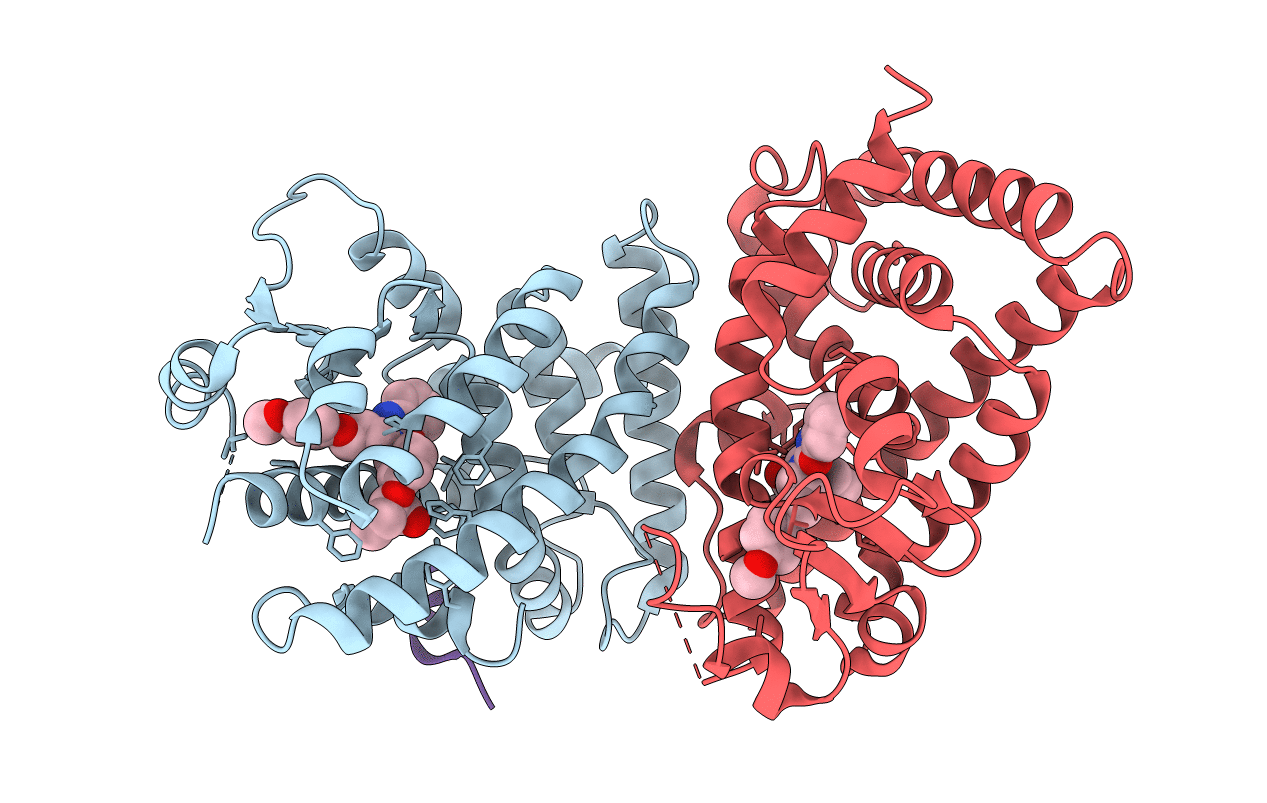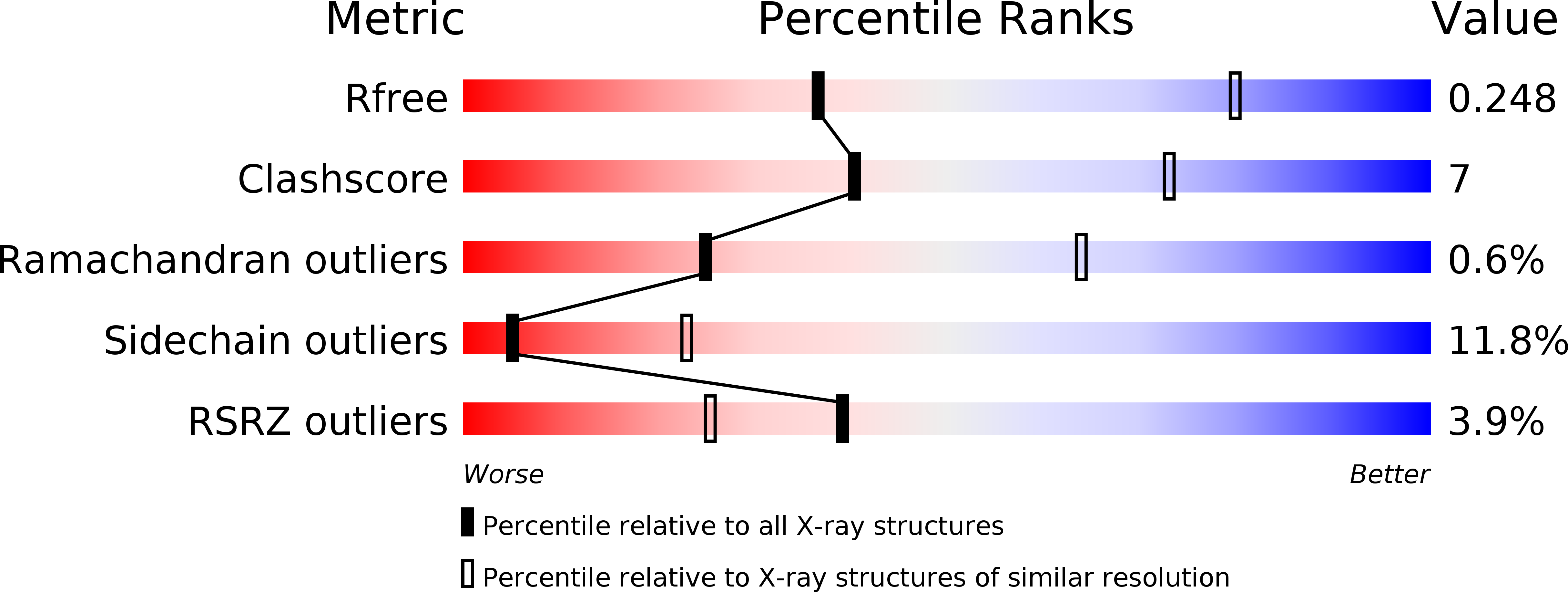
Deposition Date
2019-11-08
Release Date
2020-01-15
Last Version Date
2023-11-22
Method Details:
Experimental Method:
Resolution:
3.20 Å
R-Value Free:
0.25
R-Value Work:
0.18
R-Value Observed:
0.19
Space Group:
P 31 2 1


